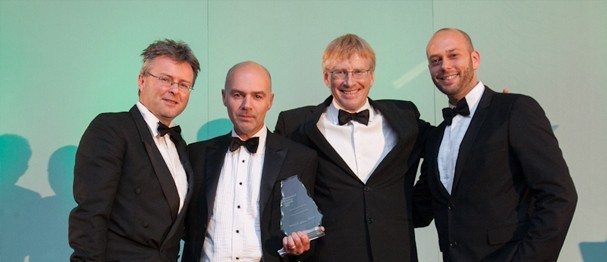
The business marketplace is constantly changing and the only way for companies to continue to stay competitive is through innovation. Business leaders need to be creative visionaries and should provide an innovative environment for employees. Innovation can be incremental or revolutionary and companies will need both to continue providing customers with improved products.
The average U.S. company lifespan is only 30 years and your business has a one in three chance to be taken over or fail in the first five years. Companies need to think more biologically and less mechanically to overcome these odds. There are six principles to create this way of thinking: redundancy, diversity, modularity, adaptation, prudence and embeddedness. Why did FujiFilm survive while Kodak failed? FujiFilm used its capabilities to diversify into various other industries. While some of these attempts failed, overall it adapted its portfolio to survive and flourish. FujiFilm used the principles prudence, diversity and adaptation.
Brazilian CEO Ricardo Semler discusses the changes his company made to let employees have a better experience and more balanced home and work life. Instead of waiting until you retire to mark things off your bucket list, they allow you to take Wednesdays off by selling back 10 percent of your salary. Instead of going to a specific office, employees can go to the location closest to home or next to the client. To become a leader in the company, you have to be evaluated by your peers. Semler looks at the process of wisdom and says people should ask themselves three why questions in a row. After the third why you will ask yourself what am I doing this for and with this answer you will have a much wiser future.
Takers are self-serving in their actions. Givers are opposite asking what can I do for you. Most people tend to be in between called matchers. They live quid pro quo. While some givers have the lowest productivity, others have the highest productivity. Individuals who are givers play an important part of every company. What helps givers excel? You need to protect givers from burnout, encourage people to seek help and hire the right people, so you can weed out the takers. If you do these things, people’s view of success changes. Instead of saying it’s all about winning a competition, people realize success is really about contribution. Grant said, “the most meaningful way to succeed is to help others succeed.”
Innovation is not about solo genius but about collective genius. At the heart of innovation is a paradox, because you have to unleash the talents of many people and harness them into projects that are useful. Innovation is a collaboration of many people with different expertise and points of view and is often the result of mistakes and missteps. Innovative organizations are communities that have three capabilities: creative abrasion, agility and resolution. Organizational leaders take these capabilities to help group collaborate on projects and create innovation from the bottom up.
Businesses need collaborative innovation among its employees, so it can create new and better products for customers. These videos will help you discover new ways to lead your team.





2 Comment(s)